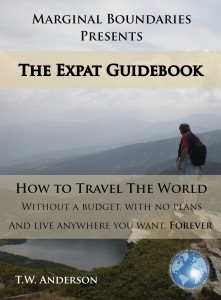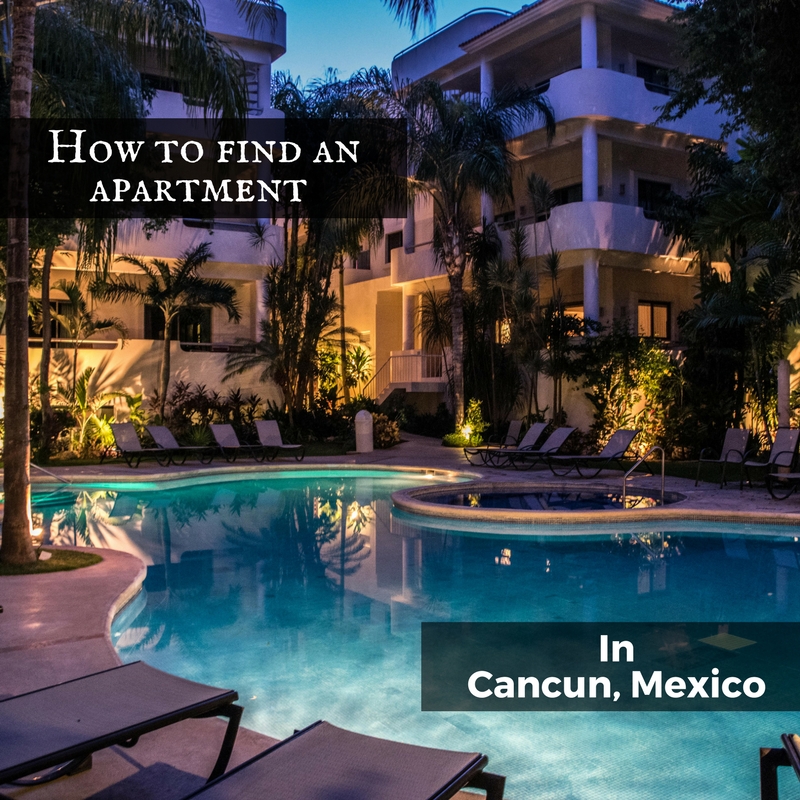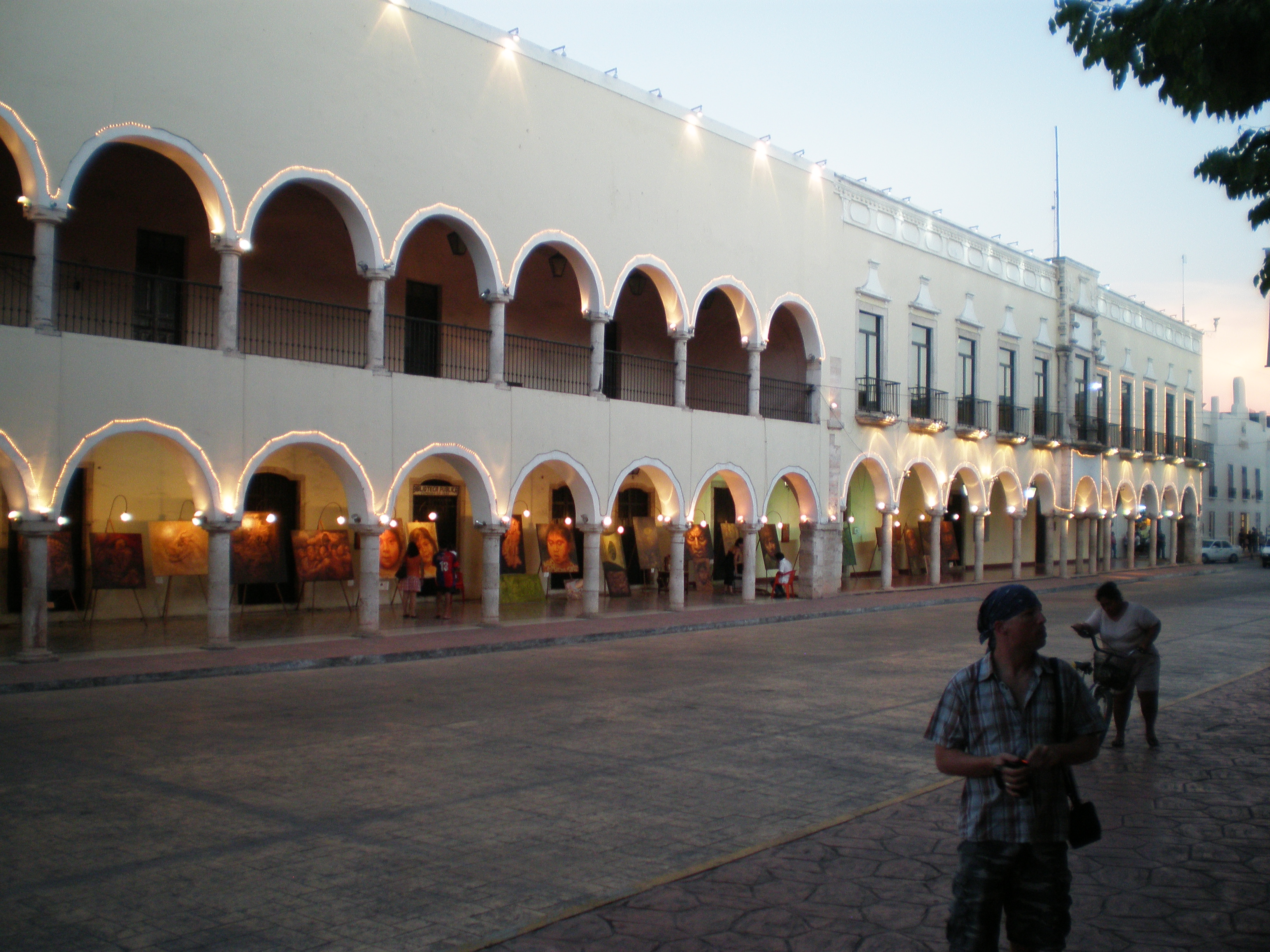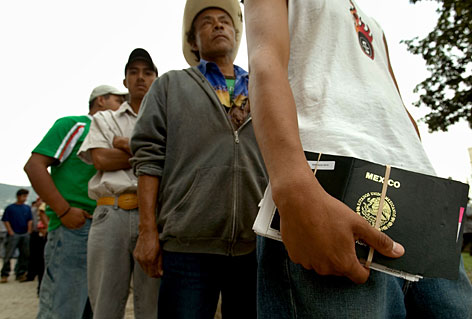
For those of you who are regular readers, the lowered costs of living in another country is a familiar topic. For those of you who are new to the scene, this might be something you aren’t aware of simply because you’ve never been informed of just how much money you can save by living abroad. But when you start spending more time in developing countries, the amount of money you can put back into your pocket is staggering in its scope.
Such as picking up produce at local markets as well as saving your grocery shopping for market days when you can pick up produce and fruits for a fraction of their normal cost…which means you can walk away with savings that are worth hundreds of dollars per month and thousands of dollars per year.
In the accompanying video you’ll see me give you a basic breakdown of the type of savings I enjoy by shopping at the local level while living abroad as an expat. While the average grocery bill for an American is $6,500 per year (according to the Department of Labor as reported by TLC ), I spend a mere $1,000 per year in comparison. That’s $5,500 savings per year, and yet I’m eating the exact same foods that I was when I was living in Colorado…it’s just that I’m purchasing things in a country where I’m not charged an arm and a leg for simple groceries.
Think about that for a minute. Let it sink in. I know it’s hard to imagine, because you (readers in The West/U.S./U.K.) are so used to paying such obscenely high prices for your groceries that it must sound like an impossibility to be able to save over five thousand dollars on your annual grocery bill. And remember, these numbers are from the U.S. government itself…and they only represent the grocery bill for a single, average, median-cost-of-living American. The grocery bill for couples double…and when you add kids into the equation you can see that number quadruple or beyond. (Assuming average, middle-class Americans. Remember that these numbers are the “average”; some people spend more, some people spend less, through coupons and smart shopping).
Now think about this: if the average household (family of four) is spending $6,500 per year, per adult, that’s $13,000 per year. Throw a couple of kids into the mix and you can assume a minimum of $20,000 per year on food alone. Now, compare that to living in a place like Mexico City or Cancun, where two adults can eat like kings on a mere $2,000 a year. Add a couple of kids into the mix and you are talking about around $4,000 a year.
That’s basic, grade-school math that anyone can see. $20,000 a year versus $4,000 a year for a family of four. For two adults it’s $2,000 per year versus $13,000 per year. For a single individual, it’s $1,000 per year versus $6,500 per year. The savings by living like a local are literally thousands of dollars a year back into your pocket.
Don’t believe me? Just check out the following video for the most basic type of evidence. I’m only going into tomatoes, mangos, papayas and onions…when you utilize local prices and market days you can get all of your produce for pennies (I mention broccoli in the video; you can find it as little as 6 pesos per kilo), you can buy whole chickens at the store for a mere one dollar (stocking up on 10 or 15 of them and sticking them in your freezer), you can go to the local fish market and get fresh fish for pennies per kilo…it’s absolutely mind-boggling the amount of money you can save by living like a local in foreign countries around the world.
Forget only saving pennies or a few dollars here and there by clipping coupons. You can save tens of thousands of dollars on your family’s grocery bill simply by choosing to live in another country and utilize the basic principles of living like a local.
And it’s not just Mexico where you find these local markets. While farmer’s markets might be a rarity in the U.S., and to a lesser degree in the U.K. and other Western countries where the almighty Supermarket Chains rule the world with their barcodes and government-affiliated buildings, in most developing countries they are the preferred way to shop. When I was living in Bulgaria it was the Women’s Market in Sofia, and the same while I was living in Bogota, Colombia. And visiting Greece, Italy, Turkey, Romania, Serbia, Macedonia and the variety of other countries in Eastern Europe and the Mediterranean.
And let’s not even start with the gimmick that is “organic” food and produce. When you are shopping at the small, local markets you are getting farm-fresh produce and whole foods that are organic and pure simply by the very nature of the fact that the small farmers can’t afford to use the expensive pesticides and “government approved” fertilizes, so they are growing things as they have always been grown: in the dirt, using nothing more than sweat combined with Mother Nature’s guidance.
For example, in a recent trip to Chable, Mexico, the locals all have their own gardens as well as their own chickens, pigs and cattle. They grow their own produce and feed their pigs, chickens and cattle the same food they themselves are eating and growing in their gardens…and they aren’t using pesticides or chemicals. They can’t afford them! Instead, they are growing things straight out of the ground and feeding their animals the scraps from the table…which in turn ensures their meat is pure and free from antibiotics and other chemicals that mass-produced food contains.
We watched a neighbor kill three chickens for dinner, and when we picked up 15 fish for the family to eat for dinner in the evening it was freshly caught from the Usumacinta River. The neighbors chickens were running around the yard behind the house in the morning. The tamales we had for breakfast were made with fresh-ground corn pulled straight from the merchant’s back yard. Our cucumbers and lettuce and tomatoes for the salad were all farm-fresh and grown by the neighbors and sold at the local market. And for pennies in comparison to what you would pay in the U.S. and other Western countries for “organic” produce.
*The numbers presented represent total food costs per year, not merely groceries. The DOL statistics also take into consideration eating out. Those families or individuals who prepare their own meals rather than eating out spend considerably less. Also bear in mind that this post is written from a U.S. perspective. Those people already living here in Mexico or other countries where the cost of food is at the local level already know this fact!
If you’d like more information on how to get the most out of your hard-earned dollars or euros while living abroad, The Expat Guidebook details how I went from $3,000 a month in bills to less than $650 a month and how I live like a king in developing countries around the world. The above post is an excerpt from a larger section detailing local markets and negotiation for lowered costs of living.
With over 1,500 copies sold, our flagship 568-page eBook is what started it all. Learn how to travel the world like I do: without a budget, with no plans, funded completely by your website and online ventures.
 Get Your Copy Today!
Get Your Copy Today!
Unplug from The System, cure yourself of The Greedy Bastard Syndrome, tap into your universal potential and create your own reality. Build a brand, travel the world and realize your cosmic consciousness.
 Get Your Copy Today!
Get Your Copy Today!












